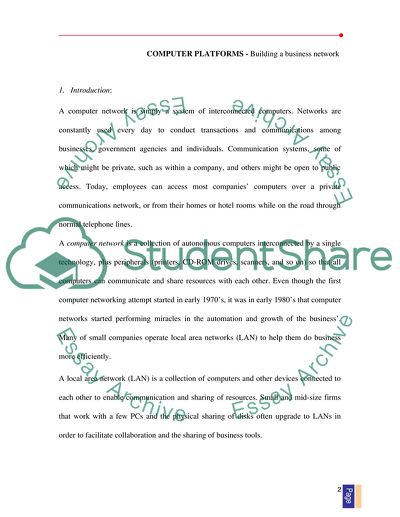Cite this document
(Building a Business Network Essay Example | Topics and Well Written Essays - 4000 words, n.d.)
Building a Business Network Essay Example | Topics and Well Written Essays - 4000 words. Retrieved from https://studentshare.org/information-technology/1714620-networking
Building a Business Network Essay Example | Topics and Well Written Essays - 4000 words. Retrieved from https://studentshare.org/information-technology/1714620-networking
(Building a Business Network Essay Example | Topics and Well Written Essays - 4000 Words)
Building a Business Network Essay Example | Topics and Well Written Essays - 4000 Words. https://studentshare.org/information-technology/1714620-networking.
Building a Business Network Essay Example | Topics and Well Written Essays - 4000 Words. https://studentshare.org/information-technology/1714620-networking.
“Building a Business Network Essay Example | Topics and Well Written Essays - 4000 Words”, n.d. https://studentshare.org/information-technology/1714620-networking.


